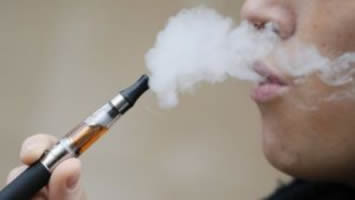by pitzersnodgras | Aug 31, 2016 | Article
DRI member Gary Snodgrass recently won a case filed by a power industry developer against their client, a geotechnical engineer, in St. Louis County, Missouri. Although they asked the jury for over $1.2 million, the jury returned a verdict assessing 100 percent of the...

by pitzersnodgras | Aug 26, 2016 | Article
The new trend among smokers, those trying to quit, and even non-smokers, are electronic cigarettes, or e-cigarettes. These e-cigarettes are marketed as a same alternative to cigarettes, but are they really safe? If they are not safe, will diseases caused by...
by pitzersnodgras | Aug 20, 2016 | Case
PS Partners: Gary Snodgrass PS Associate: Nick Meriage We represented: Tech Services to Go, Inc., d/b/a Tsi Engineering, Inc. Venue: St. Louis County Circuit Court Facts: Negligence claim. Design-build contractor Charah, Inc., a company that specializes in the coal...


